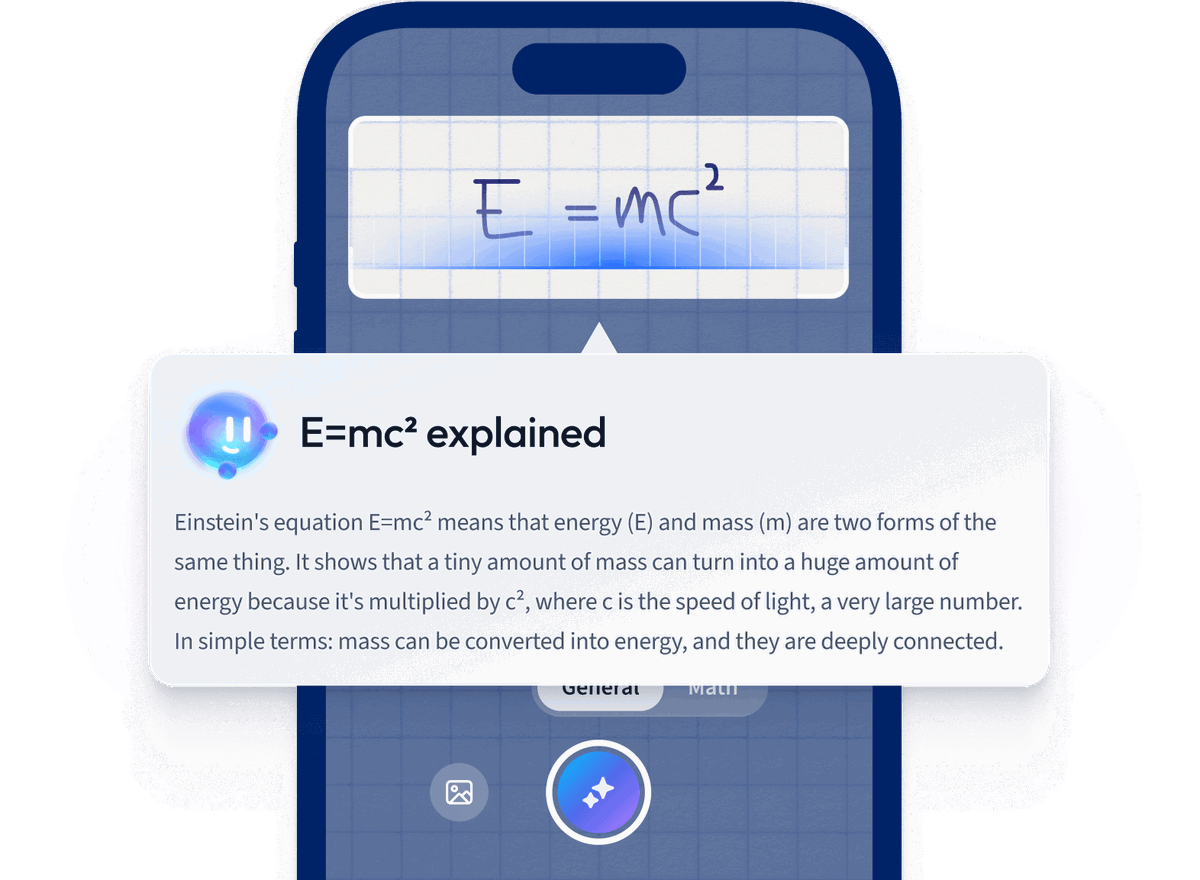- First, we will talk about exothermic and endothermic reactions.
- Then, we will look at how potential energy diagrams are labeled.
- Next, we will explore potential energy diagrams for endothermic reactions.
- After, we will look at a potential energy diagram with a catalyst involved.
- Lastly, we will talk about the electric potential energy diagram.
Exothermic and Endothermic Reaction
Before diving into chemical potential energy diagrams, we need to remember the difference between kinetic and potential energy. Kinetic energy is the energy produced by motion, whereas potential energy is the energy available as stored energy within an object, like a molecule, due to the configuration of its parts or atoms.
We also need to review the basic concept of exothermic and endothermic reactions. In order for a reaction to occur, the collision between reaction particles must be energetic, and this energy is known as activation energy.
The activation energy is the energy required to initiate the reaction.
During a chemical reaction, heat may be released or absorbed. If energy is released, we call it an exothermic reaction.
Exothermic reactions are those reactions that release energy into the surroundings.
In exothermic reactions, the potential energy of the products is lower than the potential energy of the reactants. Because of this, the change in enthalpy (ΔH) is negative.
Enthalpy (ΔH) is defined as the total energy change in the system. It can be calculated using the following equation: \(\Delta H = H_{product} - H_{reactant} \)
Endothermic reactions, on the other hand, are those chemical reactions that absorb energy. These reactions have a positive ΔH and the potential energy of the products tend to be higher than that of the reactants.
Endothermic reactions are reactions that absorb energy from the surroundings to the reacting substances.
Potential Energy Diagram Labeled
When dealing with chemical reactions, chemists use potential energy diagrams (or reaction coordinate diagrams) to show the potential energy in a chemical reaction.
Figure 1 shows a simple example of a potential energy graph for an exothermic reaction. Here, the x-axis is labeled as the reaction coordinate or time, while the y-axis is labeled as the potential energy.
 Figure 1. Potential energy diagram for an exothermic reaction, Isadora Santos - StudySmarter Originals.
Figure 1. Potential energy diagram for an exothermic reaction, Isadora Santos - StudySmarter Originals.
However, sometimes we may encounter chemical reactions involving more than one elementary step. In this case, we would have a multi-step reaction coordinate diagram (figure 2). The figure below shows the potential energy diagram for a multi-step reaction mechanism. Notice that the first step in this chemical reaction is endothermic, whereas the second step is exothermic.
 Figure 2. Multi-step reaction coordinate diagram, Isadora Santos - StudySmarter Originals.
Figure 2. Multi-step reaction coordinate diagram, Isadora Santos - StudySmarter Originals.
To learn more about this, or if you need a refresher, check out "Elementary Reactions" and "Multistep reactions"!
Let's look at a problem!
By looking at the potential energy graph below, what can you conclude about the reaction?
$$ \text{2 K} \text{ + }\text{S} \to \text{ K} _{2}\text{S} $$
 Figure 3. Potential energy diagram for a chemical reaction involving potassium (K) and sulfur (S) ,Isadora Santos - StudySmarter Originals.
Figure 3. Potential energy diagram for a chemical reaction involving potassium (K) and sulfur (S) ,Isadora Santos - StudySmarter Originals.
Which of the following choices is true
a. The reaction is a type of synthesis reaction, and it is exothermic.
b. The reaction is a type of decomposition reaction, and it is endothermic.
c. The reaction is a type of synthesis reaction, and it is endothermic.
d. The reaction is a type of decomposition reaction, and it is exothermic.
The first thing you need to do is decide whether the chemical reaction is a type of synthesis or decomposition reaction. Remember that a synthesis reaction involves combine two or more substances to make a new product, while in a decomposition reaction, we break apart one substance into two or more different products. In this case, we are joining 2K + S to form K2S, and therefore we have a synthesis reaction.
Now, take a look the potential energies for the reactants and the products in figure 3. Since the products have less potential energy than the reactants, we can say that is it an exothermic reaction.
So, the correct answer is a.
Potential Energy Diagram for Endothermic Reaction
Now that we know how a potential energy diagram is labeled, let's look at the potential energy diagram for an endothermic reaction, which are reactions that absorb energy, and as a result, the temperature of the reaction mixtures in the solution decreases.
Figure 4 shows the potential energy diagram for the endothermic reaction for the decomposition of magnesium oxide (MgO). As expected for an endothermic reaction, notice that the products (2 Mg + O2) possess more potential energy than the reactants (2 MgO).
$$ \text{2 MgO + energy} \to \text{2 Mg} \text{ + }\text{O}_{2} $$
 Figure 4. Potential Energy Diagram for an endothermic reaction, Isadora Santos - StudySmarter Originals.
Figure 4. Potential Energy Diagram for an endothermic reaction, Isadora Santos - StudySmarter Originals.
If we were looking at the synthesis of MgO instead, we would have a potential energy diagram for an exothermic reaction, and the potential energy of the reactants would be higher than the PE of products. $$ \text{2 Mg} \text{ + }\text{O}_{2} \to \text{2 MgO + energy} $$
Another interesting example of an endothermic reaction is photosynthesis. Photosynthesis is the process of using sunlight energy to make food (glucose) from water and carbon dioxide. During photosynthesis, light energy gets converted to chemical energy.
$$ \text{6 CO}_{2} \text{ + 6 H}_{2}\text{O} \to \text{C}_{6}\text{H}_{12}\text{O}_{6}\text{ + O}_{2} $$
 Figure 5. Potential Energy graph for Photosynthesis, Isadora Santos - StudySmarter Originals.
Figure 5. Potential Energy graph for Photosynthesis, Isadora Santos - StudySmarter Originals.
Potential Energy Diagram with a Catalyst
When catalysts are present, they create an alternate reaction pathway with lower activation energy (figure 6). This reduction in the activation energy also increases the rate of the reaction exponentially.
All Catalysts increase the rate of reaction without getting used in the reaction. Catalysts, lower the activation energy by creating an alternate reaction pathway.
 Figure 6. Potential energy diagram for a chemical reaction with and without the presence of a catalyst, Isadora Santos - StudySmarter Originals.
Figure 6. Potential energy diagram for a chemical reaction with and without the presence of a catalyst, Isadora Santos - StudySmarter Originals.
A common example of a catalyst is an enzyme. Enzymes are proteins that act as catalysts in biochemical reactions. For example, carbonic anhydrase is an enzyme that can catalyze the synthesis of carbonic acid, from carbon dioxide and water, when the CO2 concentration in the body is too high. This regulation of CO2 concentration by the enzyme helps keep the body's pH balanced.
Figure 7 shows the potential energy diagram for this reaction. Notice that, when the enzyme carbonic anhydrase is present, less activation energy is needed to initiate the reaction. However, it does not change the ΔH of the reaction as it does not get used up.
 Figure 7. Potential energy diagram for the reaction between CO2 and H2O to form H2CO3, Isadora Santos - StudySmarter Originals.
Figure 7. Potential energy diagram for the reaction between CO2 and H2O to form H2CO3, Isadora Santos - StudySmarter Originals.
Want to learn more about enzymes and other types of catalysts? Check out "Catalysts"!
Electric Potential Energy Diagram
Lastly, let's talk about electric potential energy. Electric potential energy is the potential energy ("stored" energy) a charge has when moved by an electrostatic force. We can use the formula below to calculate electric potential energy.
$$ U = k\frac{q_{1}\times q_{2}}{r} $$
Where,
- Unis the electric potential energy (J)
- k is the Coulombs constant
- q1 is point charge 1
- q2 is point charge 2
- r is the distance between the two point charges
Figure 8 Shows the diagram of electric potential. The x-axis shows the distance away from the charge, and the Y-axis shows the electric potential at a certain point.
 Figure 8. Electric potential energy diagram, Isadora Santos, StudySmarter Originals.
Figure 8. Electric potential energy diagram, Isadora Santos, StudySmarter Originals.
Electric potential energy is mostly applied to physics, so you should always check with your chemistry professor about whether you should remember this formula for your exam!
Potential Energy Diagram - Key takeaways
- Kinetic energy is the energy produced by motion.
- Potential energy is the energy available as stored energy.
- Exothermic reactions are those reactions that release energy to the surroundings. In exothermic potential energy graphs, the potential energy of the products is lower than the potential energy of the reactants.
- Endothermic reactions are reactions that transfer energy from the surroundings to the reacting substances. In endothermic potential energy graphs, the potential energy of the products is higher than the potential energy of the reactants.
References
- Zumdahl, S. S., Zumdahl, S. A., & Decoste, D. J. (2019). Chemistry. Cengage Learning Asia Pte Ltd.
- Dejan. (2018, August 21). Work and Electric Potential Energy. How to Mechatronics. https://howtomechatronics.com/learn/work-electric-potential-energy/https://howtomechatronics.com/learn/work-electric-potential-energy/
- Theodore Lawrence Brown, Eugene, H., Bursten, B. E., Murphy, C. J., Woodward, P. M., Stoltzfus, M. W., & Lufaso, M. W. (2018). Chemistry : the central science (14th ed.). Pearson.
- Princeton Review (Firm. (2020). Fast track chemistry : essential review for AP, honors, and other advanced study. The Princeton Review.
How we ensure our content is accurate and trustworthy?
At StudySmarter, we have created a learning platform that serves millions of students. Meet
the people who work hard to deliver fact based content as well as making sure it is verified.
Content Creation Process:
Lily Hulatt is a Digital Content Specialist with over three years of experience in content strategy and curriculum design. She gained her PhD in English Literature from Durham University in 2022, taught in Durham University’s English Studies Department, and has contributed to a number of publications. Lily specialises in English Literature, English Language, History, and Philosophy.
Get to know Lily
Content Quality Monitored by:
Gabriel Freitas is an AI Engineer with a solid experience in software development, machine learning algorithms, and generative AI, including large language models’ (LLMs) applications. Graduated in Electrical Engineering at the University of São Paulo, he is currently pursuing an MSc in Computer Engineering at the University of Campinas, specializing in machine learning topics. Gabriel has a strong background in software engineering and has worked on projects involving computer vision, embedded AI, and LLM applications.
Get to know Gabriel



















